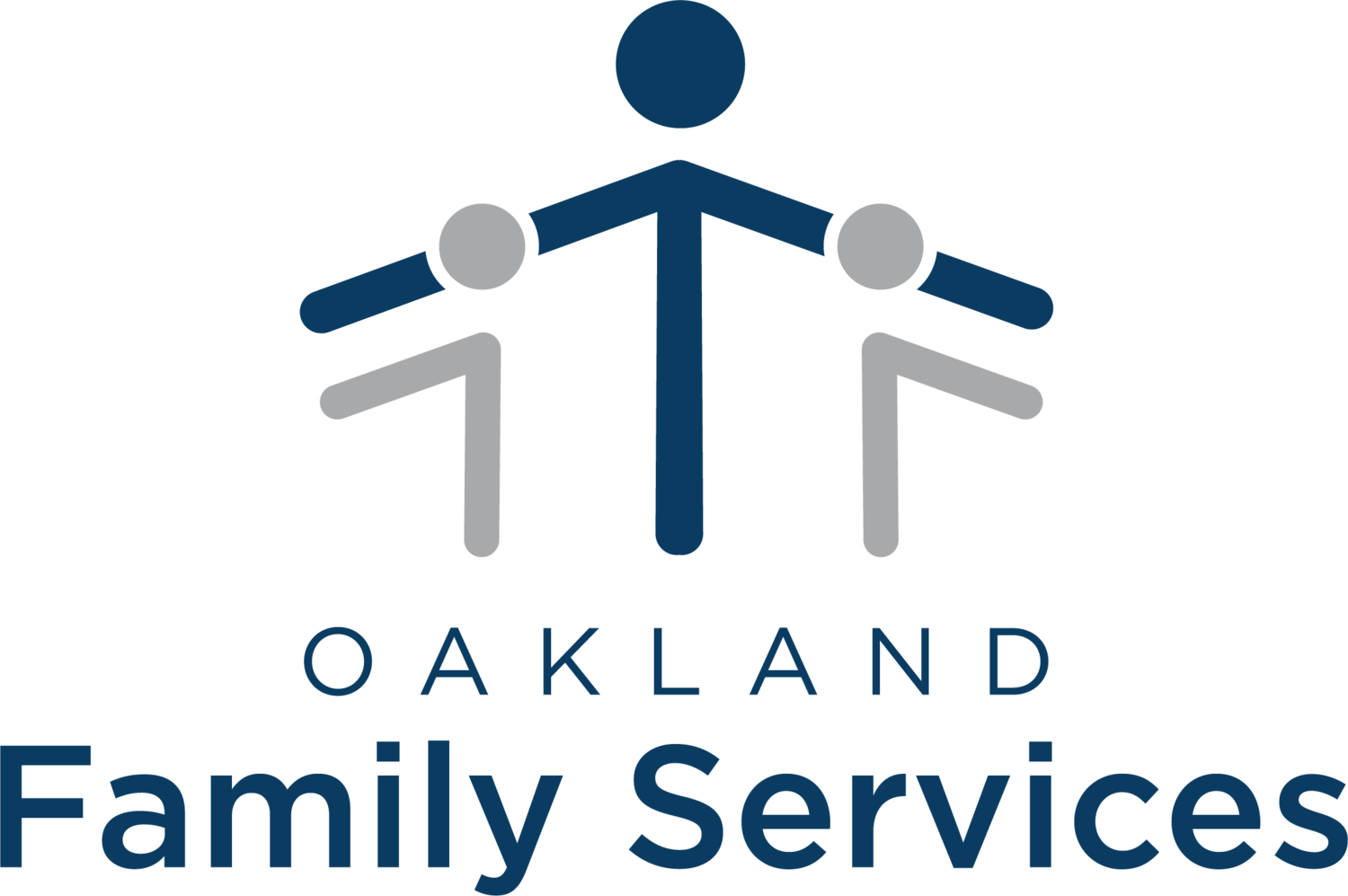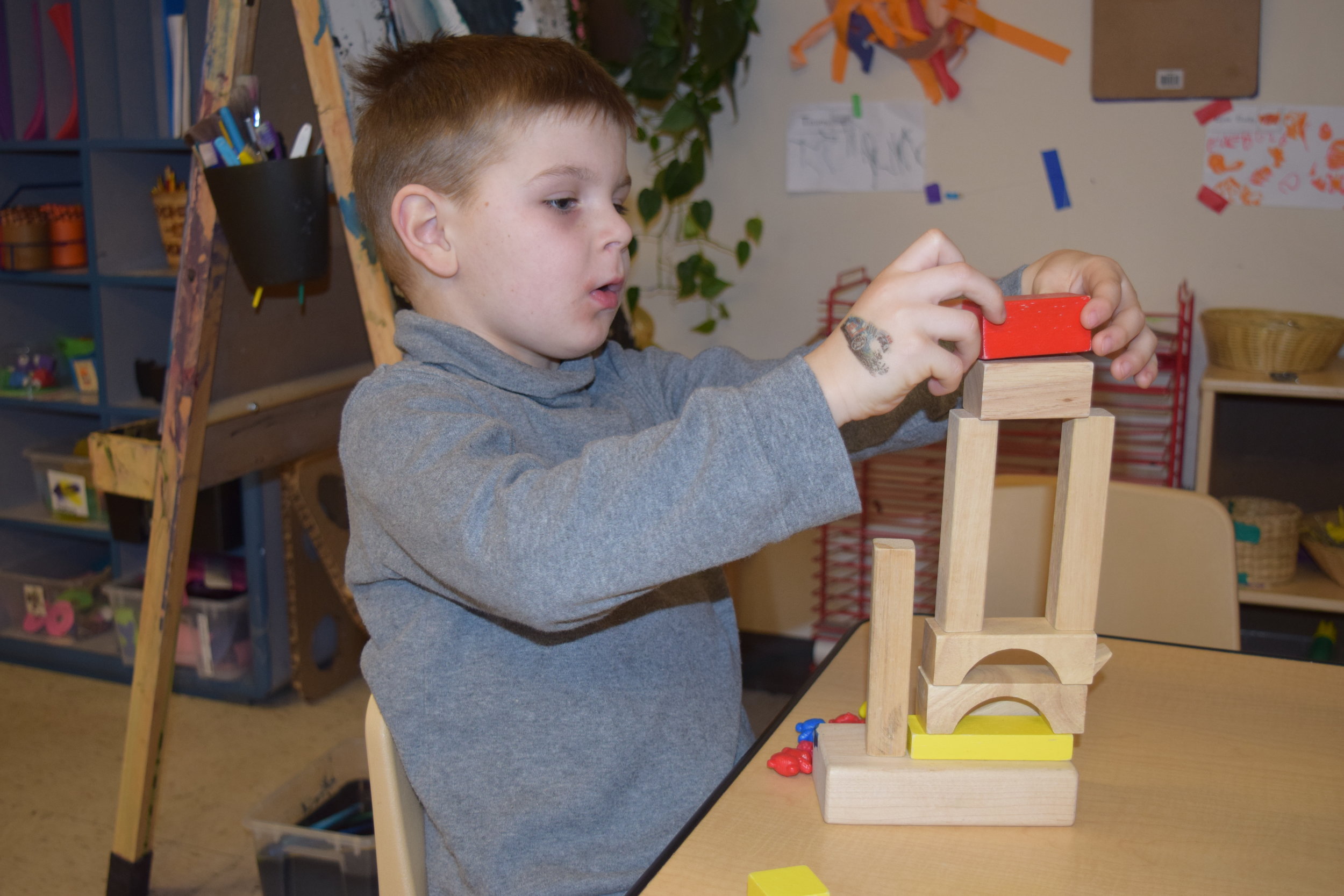Teaching math to babies and toddlers adds up to fun
Babies learning math? Sound crazy? You can actually start teaching your child math concepts from birth through daily routines and play.
Numbers, shapes, patterns and measurements are all math concepts that can be introduced to infants and toddlers in everyday conversations and by exploring different objects during play. Research shows that teaching math skills at a young age builds a strong foundation for math in school and beyond.
Just simple things like singing songs with numbers will help give your child a head start in school, said Shantel Sheeka, lead teacher at Oakland Family Services’ Children’s Learning Center in Walled Lake.
“From birth, when children hear music they automatically turn toward it and then begin bouncing and moving their bodies to it,” Sheeka explained. “Children love music and to teach math concepts through song, such as ‘Five Little Monkeys Jumping on the Bed,’ ‘One, Two, Buckle My Shoe,’ or ‘The Ants go Marching One by One,’ gets children excited about learning, and they don’t even realize they’re learning how to count, subtract or add.”
Try these math concepts with your little one:
Numbers
During the early years, babies and toddlers are learning about the concept of numbers -- the amount, the order, and counting one at a time. During snack, try working on counting: “You have more goldfish than me. Let’s count. I have 1, 2, 3, 4, 5 and you have 1, 2, 3, 4, 5, 6. You have 6.”
Shapes
Shapes are all around us. As part of your everyday conversations, point to shapes that you see: “The red traffic light is a circle,” “The table is a rectangle,” “Your cracker is a square.” Naming and recognizing shapes is the beginning stages of learning geometry.
Patterns
Patterns introduce children to repetition and help them learn how to make predictions. Give your child different objects, like crayons, and have your child sort them into different color patterns, such as blue, red, blue, red. Patterns also can be made with objects of different shapes and sizes.
Measurements
From birth to 12 months, a child explores an object that can be heavy or light, big or small. In daily conversation, use some key words to help your child understand these concepts. “This bag of groceries is heavy,” or “Your building is taller than mine.” As your child gets older, the kitchen is a great place to practice measurements. You can show your child a whole sandwich and cut it in half or scoop sugar into a half cup.
“Through everyday moments and conversations, children can learn math in fun and exciting ways,” Sheeka said.



